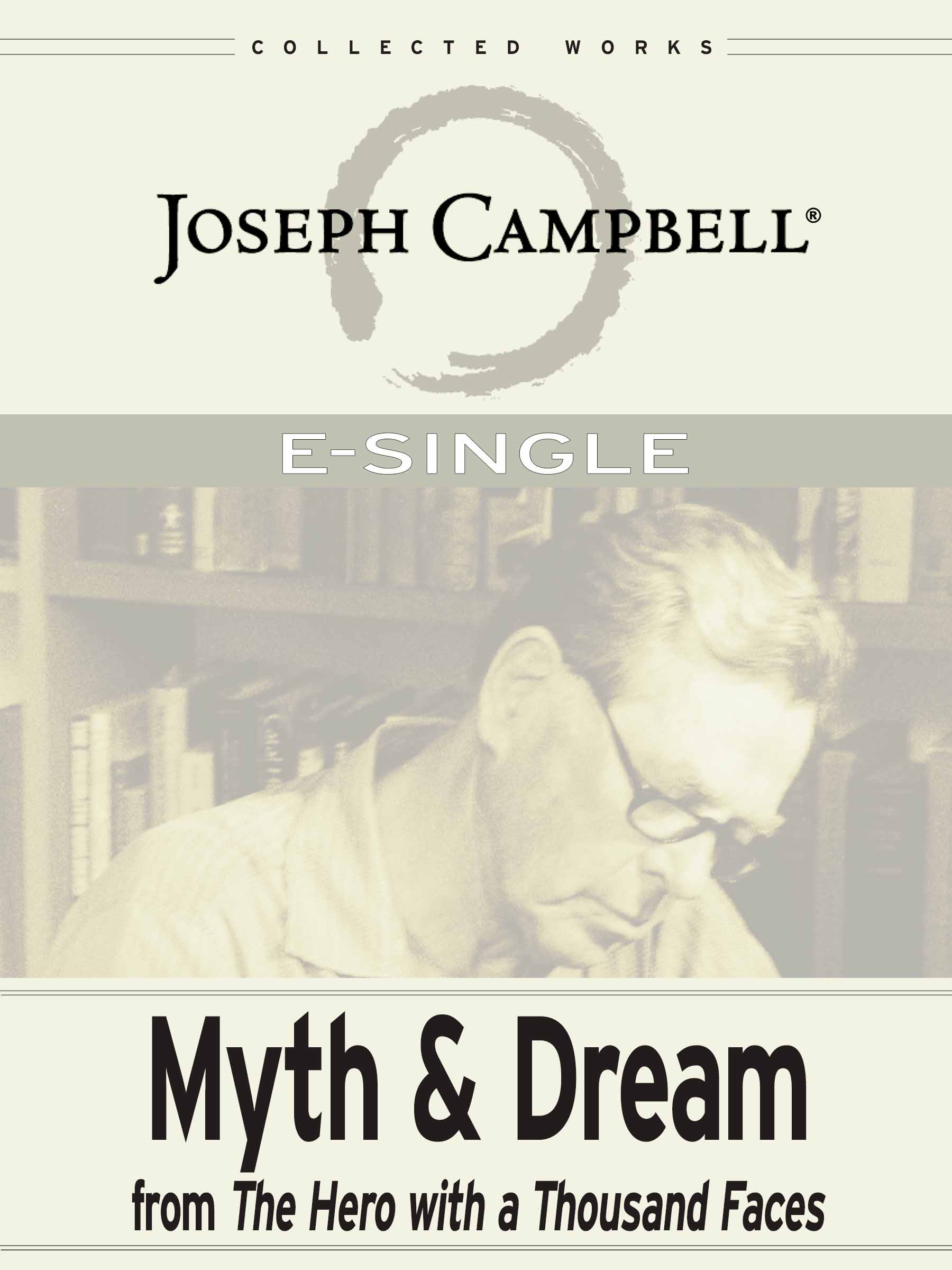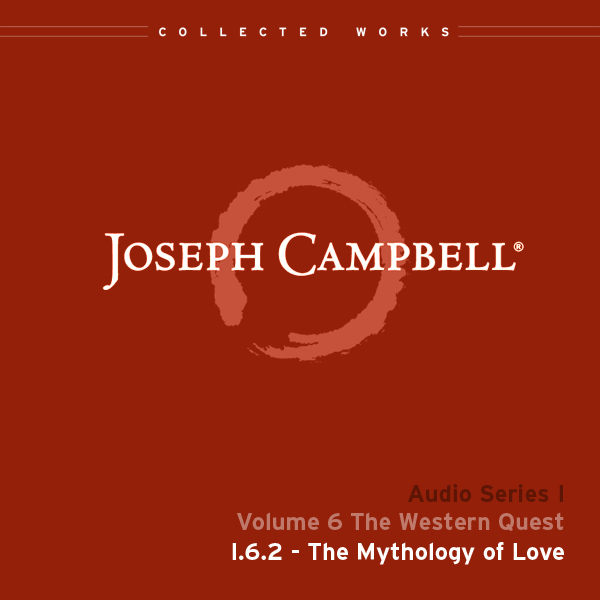One Forbidden Thing

Throughout the 1950s and 60s, a comic series called Forbidden Worlds made waves on newsstands, at dinner tables, and even in the Halls of Congress. In 1954, a Senate sub-committee holding hearings on the dangers of comic books pressured the publishers of the comic to change the name. The publishers complied, concerned that encouraging children to explore forbidden worlds was morally questionable. The series’ name and emphasis were changed to Young Heroes, however, less than a year later Forbidden Worlds was reinstated, and remained the title of the comic throughout the rest of its run, which ended in 1967. While it was not the only comic to be targeted by the Senate, the motif of the forbidden certainly caught the attention of those charged with upholding the standards of the country, an issue that has occurred throughout history.
Mythology is filled with tales of the forbidden. The forbidden love between Cupid and Psyche, the forbidden vision of Artemis’s nudity, and the One Forbidden Road motif found in certain primitive monster-slayer myths, that Joseph Campbell discusses in Occidental Mythology, are just a few examples. The forbidden takes the form of fruit, doors, boxes, keys, and various other seemingly innocuous objects through myth. The idea is so common that The Motif Index of Folk Literature 6.1 has given the subject its own classification (C600-C649).
Read more
 In The Mythic Dimension, while discussing Eve’s encounter with the snake and the apple, Campbell also brings the concept to our attention. “It is based on a folktale-type known to folklorists as ‘the one forbidden thing’— of which ‘Bluebeard’ is a good example (‘You may open all the doors in my castle but one!’). It commences with a scene of pre-dawn peace, quiet, and wondrous solitude, as do many of the world’s delightful early tales if the Earth-Shaper and his giving of life to creatures of his imagination.”(198-199) Of course, after this initial season of peace, chaos of some sort is unleashed when the fruit is eaten, the threshold is crossed, or the latch is turned. Almost without fail, there is some horror waiting on the other side of the door, within the mysterious container, or with the consumption of the fruit.
In The Mythic Dimension, while discussing Eve’s encounter with the snake and the apple, Campbell also brings the concept to our attention. “It is based on a folktale-type known to folklorists as ‘the one forbidden thing’— of which ‘Bluebeard’ is a good example (‘You may open all the doors in my castle but one!’). It commences with a scene of pre-dawn peace, quiet, and wondrous solitude, as do many of the world’s delightful early tales if the Earth-Shaper and his giving of life to creatures of his imagination.”(198-199) Of course, after this initial season of peace, chaos of some sort is unleashed when the fruit is eaten, the threshold is crossed, or the latch is turned. Almost without fail, there is some horror waiting on the other side of the door, within the mysterious container, or with the consumption of the fruit.
Beyond comics and literature, this mythic moment makes its way into multiple films and television shows. The 2004 show Lost often included forbidden areas, secured behind hatch doors and other barriers. In Ex Machina, a 2015 film directed by Alex Garland, a Bluebeard-like character is projected as a reclusive CEO of a fictional tech company called “Bluebook” who forbids a houseguest from accessing a secret part of his domain. Most recently, a secret door hides the forbidden in the frequently discussed 2019 film, Parasite.
There are a number of symbolic and psychological interpretations for motifs of the prohibited. Campbell again offers guidance as we consider myths and legends on the topic. Campbell writes, “One of the most effective ways to rediscover in any myth or legend the spiritual ‘tenor’ of its symbolic ‘vehicles’ is to compare it, across the reaches of space, or of time, with homologous forms from other, even greatly differing traditions.” (The Mythic Dimension 201) In other words, we might ask: what remains consistent with the motif across cultures and throughout history?

In many narratives where the forbidden is explored, we see certain common thematic ideas. One such idea is that curiosity almost always prevails over the fear of that which has been prohibited. The box is always opened. The egg is always broken. The curtain is always pulled back. The character that is being restricted always pushes back against their restrictions. Anyone that has raised a child has certainly experienced this firsthand, and knows its universal psychological truth. Another commonality in these stories is that the consequences of crossing the forbidden threshold are always worse than the character imagined them to be. A final thread throughout these narratives is that usually, life goes on. Eve makes a life with Adam outside of Eden. Bluebeard’s wife inherits his fortune, has the dead women in the chamber buried, and remarries. The hero slays the monster on the forbidden road, but learns a valuable lesson, and will likely choose another road next time.
Like so many other motifs in myth, the forbidden can be either protective or restrictive. It can be a boon or an albatross. Our relationship with the forbidden is a path where we learn to discern that which may be painful in the short term but eventually gives way to a new world of possibility, from that which will surely destroy us. Whether we determine it to be skillful or annihilating, we must all approach that one forbidden thing and make our choice.
 John Bucher is a renowned strategist, communicator, and cultural mythologist based out of Hollywood, California. Disruptor named him one of the top 25 influencers in Virtual Reality in 2018.
He is the author of six books including the best-selling Storytelling for Virtual Reality, and has worked with companies including HBO, DC Comics, The History Channel, A24 Films, The John Maxwell Leadership Foundation and served as a consultant and writer for numerous film, television, and Virtual Reality projects. John has spoken on 5 continents about using the power of story to reframe how products, individuals, organizations, cultures, and nations are viewed. Learn more.
John Bucher is a renowned strategist, communicator, and cultural mythologist based out of Hollywood, California. Disruptor named him one of the top 25 influencers in Virtual Reality in 2018.
He is the author of six books including the best-selling Storytelling for Virtual Reality, and has worked with companies including HBO, DC Comics, The History Channel, A24 Films, The John Maxwell Leadership Foundation and served as a consultant and writer for numerous film, television, and Virtual Reality projects. John has spoken on 5 continents about using the power of story to reframe how products, individuals, organizations, cultures, and nations are viewed. Learn more. Monthly Gift
Myth and Dream (Esingle from The Hero with a Thousand Faces)
Our gift to you this month is short ebook excerpt from The Hero with a Thousand Faces. Access this download for free until the end of the month.
In this JCF.org exclusive, we are sharing the foreword and the first section to Campbell’s The Hero with a Thousand Faces.
We hope that you enjoy this introduction to Campbell’s themes, in which he lays out the thesis that he would restate throughout the rest of his life — that “myth is public dream and dream is private myth.”
News & Updates
CHRISTIAN – Nativity of Virgin Mary (9/8)
Beginning at least as far back as 6th century BCE, the Church celebrates the Birth of Virgin Mary. Though not attested in canon scripture, the apocryphal Protoevangelium of James relates the account of Anna and Joachim, an infertile couple who pray for a child and are promised a daughter who will carry on God’s plan. The story is understood as prefiguring Christian piety.
Weekly Quote
In the Old Testament story God points out the one forbidden thing. Now, God must have known very well that man was going to eat the forbidden fruit. But it was by doing that that man became the initiator of his own life. Life really began with that act of disobedience.
Featured Video
Subscribe to JCF’s email list to receive a weekly MythBlast newsletter along with occasional news and special offers from JCF.






